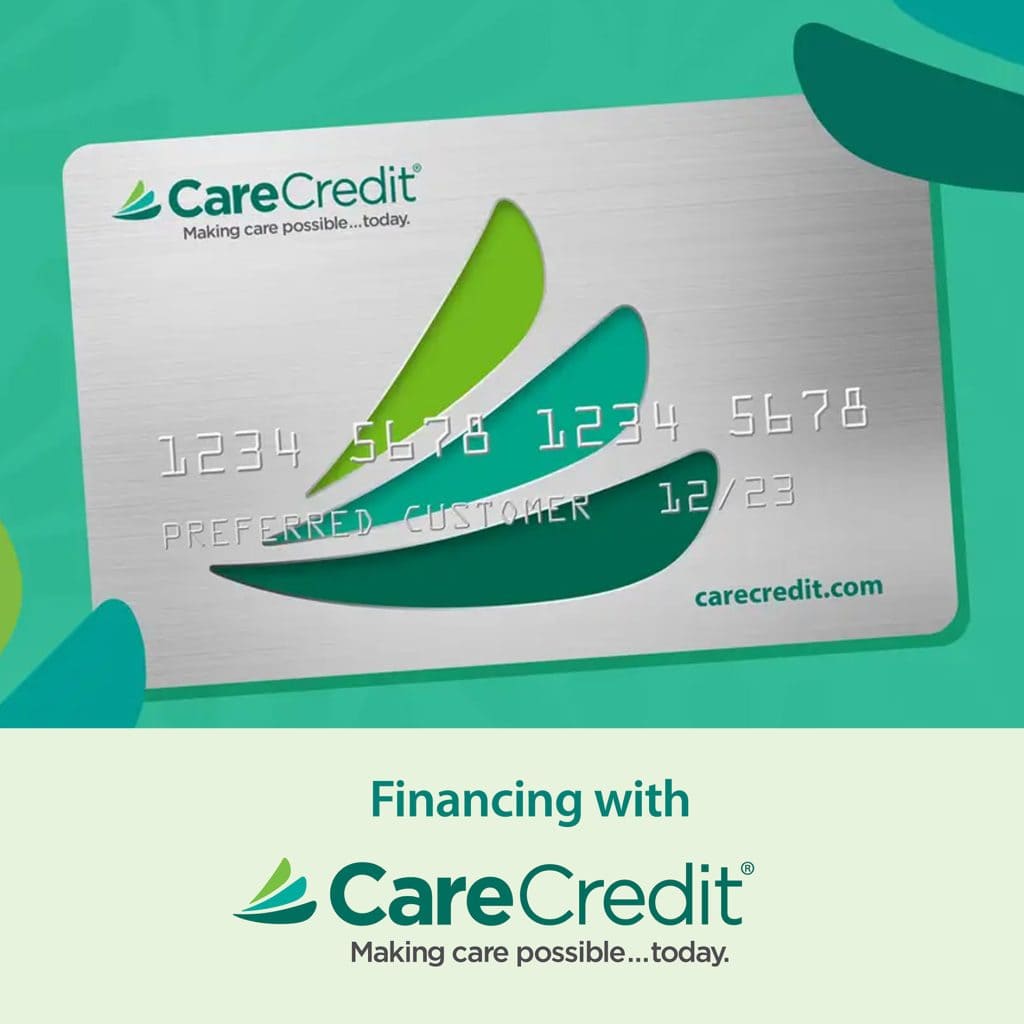Hearing aids have evolved significantly since the first models in the 1960s and 1970s. They have simple origins as big, bulky, beige devices that sat uncomfortably and conspicuously behind the ear, amplifying all of the sounds around you. Now, several decades later, some hearing aids are sleek and stealth as if designed for a secret agent, rather than the over-large devices your grandparents had to wear.
Annually, new products and technology upgrades are introduced by leading hearing aid manufacturers. They are advancements on par with the latest smartphones in an effort to keep you connected in a variety of innovative ways.
Wireless Bluetooth
Smartphones and other portable electronic devices permeate seemingly every corner of daily life, so it is no surprise that many of the latest hearing aids are equipped with Bluetooth technology. This technology allows devices to communicate wirelessly with one another over short distances. Many people love the convenience of pairing their Bluetooth-enabled devices with their hearing aids.
Currently, there are several manufacturers that carry both an in-the-ear (ITE) and behind-the-ear (BTE) hearing aid models featuring Bluetooth connectivity. The manufacture Oticon has a model that is specifically for iPhone, iPad, and iPod touch and allows you to stream content directly into your hearing aids. The Bluetooth connection is wireless in most cases. However, small ITE devices require the use of a streamer that can be worn around the neck or placed in a pocket for hands-free use.
Connecting A Smartphone
Many hours of the day, most days of the week, you can find yourself and others staring into their palms at the glass of an illuminated screen. As new models of Apple and Android devices roll out every 8 months or so, one wonders if they will soon render the landline completely obsolete. Though you do not need a smartphone to operate your hearing aid, there is an ease that comes with it in adjusting settings and changing programs.
In 2019, many manufacturers are focusing on developing products specifically compatible with smartphones, like the Pure NX series from Signia / Siemens. Users reap the benefits of this development because they are able to adjust sound settings like volume, bass, and treble through an app. Older hearing aid models that need these adjustments have to be taken to an audiologist or hearing instrument specialist. An app on a smartphone lets you discreetly adjust your settings in different environments. It is almost like a remote control for your hearing aids.
Leaning into Innovation
One exciting development that really utilizes the capability of smartphones is an app called myCall-to-Text by Phonak. While you are on the phone, the app transcribes the conversation in real time into text for you to read. You are also able to save the transcribed conversation for a later time. This eliminates the frustration of trying to follow conversations on the phone, for you and the other person on the line. This app is available in the app store for download and you must one connected to WiFi for the features to work.
Most brands, if not all, carry hearing aids that are in the ear (ITE), completely in the canal (CIC, or invisible in the canal (IIC). These innovative designs are very discreet and almost invisible when worn. Unfortunately, these designs are not one-size-fits-all. Many factors must be considered before being fitted for one of these models, like the size of your ear canal and degree of your hearing loss. Due to the small size of these hearing aids, if you suffer from profound hearing loss the technology inside the device may not be enough to help you. Behind-the-ear (BTE) models, however, are able to combat all types of hearing loss. Luckily, you will not have to trade form for function because BTE models are getting smaller and sleeker, too.
Seeking Treatment for Hearing Loss
The hearing aid industry continues to introduce new technologies into hearing aids year after year. One way they keep these new innovations user friendly is by allowing them to interface with that which we are most familiar: our smartphones and other portable electronic devices.
By allowing us to better understand how hearing works through this medium, we are encouraged to take better care of our hearing health, and by extension, be in regular communication with an audiologist or hearing healthcare professional. Check with your audiologist to see if any of these new technologies can improve your hearing.






